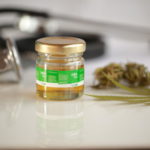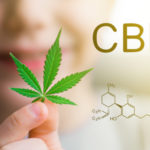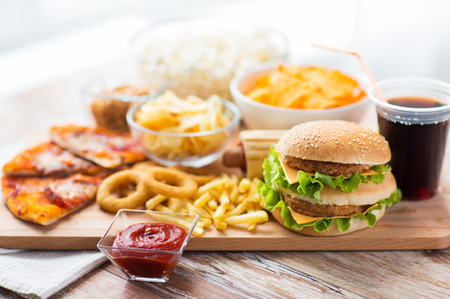Fats are very necessary in our diet so, don’t make fat a dirty word! They are commonly known types such as saturated fat, diet – fat, polyunsaturated fat, monounsaturated fat, and lipids. Lipids, which is the scientific name for fats is classified into three main groups: simple lipids (triglycerides), compound lipids (LDL, HDL), and derived lipids (linoleic acid, oleic acid, vitamin D). Triglycerides constitute the major storage form of fat in fat cells.
Fats are organic compounds that are made up of carbon, hydrogen, and oxygen; they are the most concentrated source of energy in foods since 1 gram of fat is equivalent to 9 kcalories. Fats belong to a group of substances called lipids and come in liquid or solid form. All fats are combinations of saturated and unsaturated fatty acids. Fats can be called very saturated or very unsaturated depending on their proportions.
Food sources
Saturated fats:
These are the biggest dietary cause of high LDL levels (“bad cholesterol”). When looking at a food label, pay close attention to the % of saturated fat and avoid or limit any foods that are high (for example, over 20% saturated fat). Saturated fats are found in animal products such as butter, cheese, whole milk, ice cream, cream, and fatty meats. They are also found in some vegetable oils — coconut, palm, and palm kernel oils. (Note: most other vegetable oils contain unsaturated fat and are healthy.)
Unsaturated fats:
Fats that help to lower blood cholesterol if used in place of saturated fats. However, unsaturated fats have a lot of calories, so you still need to limit them. There are two types: mono-unsaturated and polyunsaturated. Most (but not all) liquid vegetable oils are unsaturated. (The exceptions include coconut, palm, and palm kernel oils.)
Mono-unsaturated fats:
Fats that help to lower blood cholesterol if used in place of saturated fats. However, also, these too have many calories, so you still have to limit them. Examples include olive and canola oils.
Polyunsaturated fats: Fats that help to lower blood cholesterol if used in place of saturated fats. However, polyunsaturated fats have a lot of calories, so you still need to limit them. Examples include safflower, sunflower, corn, and soybean oils.
Trans-fatty acids:
These fats form when vegetable oil hardens (a process called hydrogenation) and can raise LDL levels. They can also lower HDL levels (“good cholesterol”). Trans-fatty acids are found in fried foods, commercial baked goods (donuts, cookies, crackers), processed foods, and margarine.
Hydrogenated:
Refers to oils that have become hardened (such as hard butter and margarine). Foods made with hydrogenated oils should be avoided because they contain high levels of trans- fatty acids, which are linked to heart disease. (Look at the ingredients in the food label.) The terms “hydrogenated” and “saturated” are related; an oil becomes saturated when hydrogen is added (i.e., becomes hydrogenated).
Partially hydrogenated:
Refers to oils that have become partially hardened. Foods made with partially hydrogenated oils should be avoided because they contain high levels of trans-fatty acids, which are linked to heart disease. (Look at the ingredients in the food label.)
Often, we are asked what are the best kinds of oil for cooking and consumption. Following is a list of the most used oils, broken down into percent content (each) of saturated, polyunsaturated, and monounsaturated fatty acids. The cooking oils/fats in the table are listed in increasing order of saturated-fat content, i.e., canola oil has the lowest saturated fat content of any cooking oil. Because the ratio of monounsaturated to polyunsaturated fatty acids is better for health from a cholesterol content factor then, the best kind of oil to use for cooking could be canola oil. However, if we wish to have a low saturated fatty acid content all the time, regardless of the ratios of poly- to monounsaturated fatty acids, canola, safflower, sunflower, corn, olive, and soybean oils would be fairly similar and likely the best to choose from for most consumption needs.
| Cooking Oil | % Saturated Fatty Acids | % Polyunsaturated Fatty Acids | % Monounsaturated Fatty Acids |
|---|---|---|---|
| Canola | 6 | 36 | 58 |
| Safflower | 9 | 78 | 13 |
| Sunflower | 11 | 69 | 20 |
| Avocado | 12 | 14 | 74 |
| Corn | 13 | 62 | 25 |
| Olive | 15 | 11 | 73 |
| Soybean | 15 | 61 | 24 |
| Peanut | 18 | 34 | 48 |
| Cottonseed | 27 | 54 | 19 |
| Lard | 41 | 12 | 47 |
| Palm | 51 | 10 | 39 |
| Beef Tallow | 52 | 2 | 44 |
| Butter Fat | 66 | 4 | 30 |
| Coconut | 92 | 2 | 6 |






